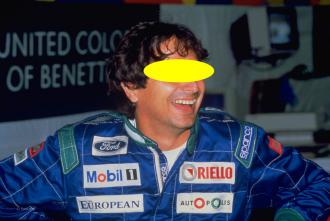
A old woman was sipping on a g...
A old woman was sipping on a glass of wine, while sitting on the patio with her husband, and she says,"I love you so much, I don't know how I could ever live without you"...
Her husband asks, "Is that you, or the wine talking?
She replies, "It's me...talking to the wine."
Her husband asks, "Is that you, or the wine talking?
She replies, "It's me...talking to the wine."

